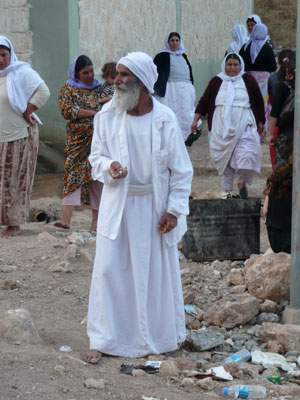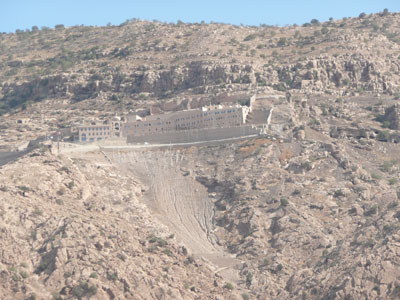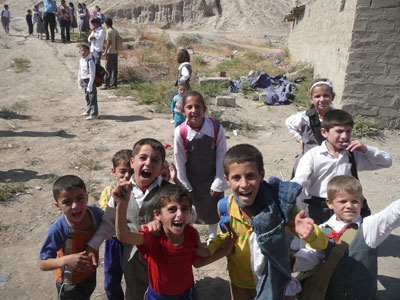Exploring Kurdistan
My husband, Bernard, and I were part of a 15-member “Iraqi Kurdistan” tour in October ’09 with Distant Horizons (Long Beach, CA; 800/333-1240). The land price for the 12-day/11-night trip was $5,860 per person.
I was initially skeptical when Bernard suggested we visit Iraq, then I saw a BBC America segment on “the other Iraq.” It cited the Kurdish region, four northern provinces of northernmost Iraq, as a paragon of peaceful coexistence between Kurds and Iraqis.
Maintained by the Peshmurga (similar to the National Guard) and by numerous types of police, we saw that security in Kurdistan is excellent. There was heavy security at the airport and at hotels plus frequent road checkpoints where people could be asked to produce identification. There are also numerous private security companies providing protection for important individuals. We felt perfectly safe walking in the cities day and night.
This was a trip to the beginning of time. Destinations included Erbil, which many archaeologists believe to be the oldest continuously inhabited city in the world; the plains of Nineveh; St. Matthew’s Monastery; the ancient silk town of Amadiyah, and Shanidar Cave, where 8,000- to 10,000-year-old Neanderthal skeletons were discovered. The mountain scenery along Hamilton Road was magnificent.
In Gaugamela, at the site of Alexander the Great’s battle against Darius of Persia in 331 BC, Ret. Colonel Harry Shute, US Army, explained the battle to us. We were surrounded by engaging youngsters in their school uniforms who were quite taken with us. They vied for our attention to have their pictures taken and practice a few words in English.
Standing atop the tel during the lecture, it was easy to pick up shards of pottery with etched designs which were reputed to be Assyrian, some dating to the fourth century BC.
At Lalish, site of a temple important to those of the 7,000-year-old Yezidi religion, we were fortunate to arrive during a pilgrimage to the tomb of Sheikh Adi, buried there 900 years ago. There we were surrounded by thousands of mostly young people in colorful clothes.
At first, the authorities told our driver we would have to park and walk one mile to the temple, but, upon learning that we were American visitors, they gave us a police car escort to the top of the hill and escorted us to the VIP room to be hosted by the high priest and other church dignitaries.
As we left, the mirthful, barefooted crowd took pictures of us with their cell phones, cameras and camcorders. I believe we were as much of an attraction as the festive celebration.
In Sulaimaniyah, the Red Security Building, now called The Red House, is where hundreds and hundreds of Kurds were arrested, tortured and executed by Saddam Hussein’s regime during the Kurdish uprising of March 1991. In one of the buildings is a unique and lovely tribute to the dead.
We walked along a darkened corridor, the ceiling a mass of tiny lights and fragments of mirrors. Each light represented a person killed and each mirror a village destroyed by Saddam.
In Sulaimaniyah’s market, we visited a famous sweet shop belonging to Tofiq Halwachy, who is known for his gazo, a nougat-like delicacy made of the “honeydew” left by aphids on leaves. One of the explanations given for the biblical “manna from Heaven,” it is sterile and good to eat.
This trip was a delight as well as an adventure, and the people were wonderful. We have visited every Middle Eastern and North African country many times and can honestly say this was one of the most pleasurable and informative trips we’ve experienced.
If you are a traveler — not a tourist — and enjoy historical locations, this journey to the beginning of time is definitely for you. Anyone with questions e-mail c/o ITN.
ARLENE GOODHEAD
La Jolla, CA
The US Department of State states that while some regions of Iraq have experienced fewer violent incidents than others in recent years, insurgent groups remain active, violence persists and no region should be considered safe from dangerous conditions. — Editor



